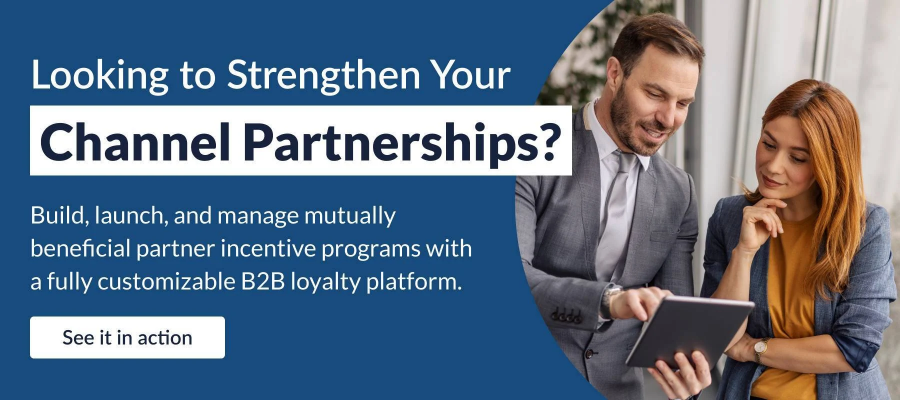As partnerships and ecosystems multiply, partner experience (PX) has become a critical factor for success.
A positive PX can lead to increased loyalty, higher sales, and stronger relationships between you and your partners. On the other hand, a poor PX can lead to frustration, disengagement, and even a loss of partners.
So, what can you do to create an engaging partner experience?
Establish a Cohesive, Transparent Framework
Successful programs require seamless data exchange between marketing, sales, and customer service departments. Companies like Microsoft, AWS, Google, and IBM have dedicated ecosystem leaders to manage these initiatives effectively.
It’s also sensible to create detailed partner profiles outlining how to connect and communicate with partners, evaluate performance, and allocate resources. Run regular, incentivized surveys to understand your partner’s personalities and provide more satisfying, personalized experiences.
Use Intuitive Technology
Manual processes are as much a turn-off in B2B as B2C. Your channel partner marketing strategy should include user-friendly platforms featuring:
- Data sharing and collaboration capabilities
- Remote cloud access from any device
- Analytics and performance monitoring
- Learning management for training and certifications
- Integrated channel incentives for digital rewards
Embrace Collaboration and Innovation
From established household names to daring disruptors, brands across the globe are increasingly aware that collaboration and innovation – or collaborative innovation – is the key to success.
83% of business leaders in one KPMG survey say they plan to expand their partner ecosystem in the coming years to accelerate growth. Even more revealing, almost half are looking beyond traditional channel partnerships and exploring technology affiliations and strategic alliances.
As in most industries, AI is the term on everyone’s lips. In the context of channel partnerships, AI-based segmentation enables you to personalize recommendations for each partner quicker and easier. This includes everything from general guidance on how to grow their business to suggesting certifications or alerting partners to channel incentives that they’re eligible for in real time.

















